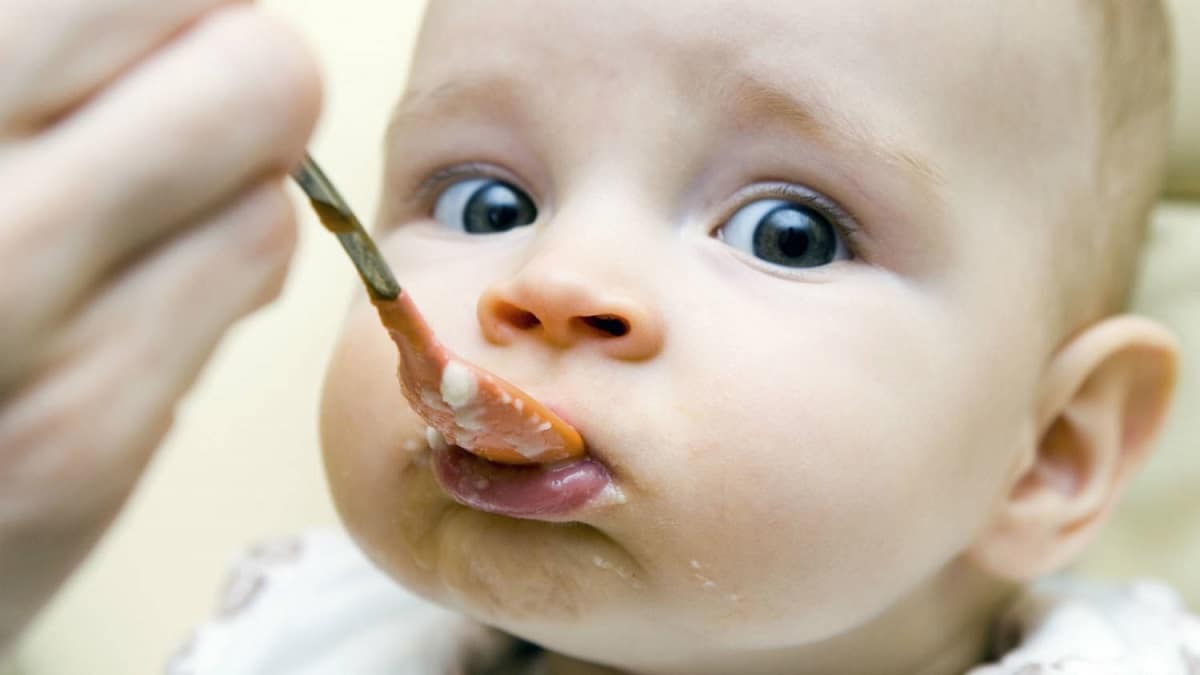
On different occasions we have talked about eating disorders, both in childhood and adolescence. Eating is more than a primary need for the child, his diet, the factors that link it, will influence in an essential way the relationship you have with your family and the environment.
Eating disorders may appear as an isolated problem, it would be more genetic, environmental, behavioral and emotional disorders, or as a concomitant disorder to a disease or structural abnormality. We will talk about these and other issues below.
Types of parents according to their relationship with food
The relationship between parents and children is essential to condition proper eating behavior. Education styles influence the appearance of eating disorders. The type of family, or parents, has been classified, according to their relationship with food, into:
- Responsible or assertive style. Parents guide the child in feedingThey set limits without resorting to coercion techniques. They determine what, where, how and when the child should eat, but let you decide how much. It is the most appropriate style, because the child recognizes the signs of hunger and satiety.
- Style controlling or authoritarian. Exerts strict control over the child, even with punishment and coercion. Ignore the hunger and satiety signals in the child. It turns meals into an ordeal. It is counterproductive in the medium term.
- Indulgent or permissive style. It is the opposite case to the previous one. ANDThe child does what he wants, eats what he wants, when he feels like it, which conditions an inadequate diet and a higher risk of obesity.
- Style negligent. They are parents without a sense of responsibility and detached, there may be emotional and psychiatric problems.
Classification of eating disorders

The Eating Disorders in infancy have been classified several times since they were first introduced in 1994 as psychiatric diagnostic category. The scholar Kerzner established a very useful and practical classification for the Primary Care pediatrician.
Establishes three categories, each of which has different groups. These categories take into account the behavior of the child and the feeding style of the caregivers:
- children with poor appetites,
- children with selective intake and
- children afraid to eat.
As we have pointed out, each of them has several subcategories, or groups. What's more, a single patient can be placed in more than one at a time. The specialists have different tools and questionnaires, for children and parents, that serve as guidance towards the type of behavioral disorder they are facing.
Groups or subclasses of eating disorders

Within the first group of children with poor appetites, you can give:
- Active children with a limited appetite are very active, restless children, more interested in playing and talking than in eating.
- apathetic child, who have no interest in food or their environment. malnutrition can be obvious, and cause depression.
- children with poor appetite due to illness.
In children with selective intake, we find:
- Those with mild selectivity, eat little food, are picky, but ingest enough energy and nutrients.
- Highly selective children are those whose diet is only 10-15 foods. The most common example is the eating problems of autism.
- Finally there is the selective intake of organic origin.
The children afraid to eathas to do with any traumatic experience related to eating. For example, an infant's excessive crying is sometimes mistakenly perceived as hunger, and an infant is forced to eat. Also the fear can come from a previous negative experience, such as choking, burning the mouth. Finally there may be a fear of eating from organic causes, tube-fed children, esophagitis, stomatitis.
As you can see, eating behavioral disorders can originate from childhood. It is important that we be attentive to the signals that our children throw, and that we go to professionals, because all these categories also include the false perception of parents, but it is better to err on the side of caution.